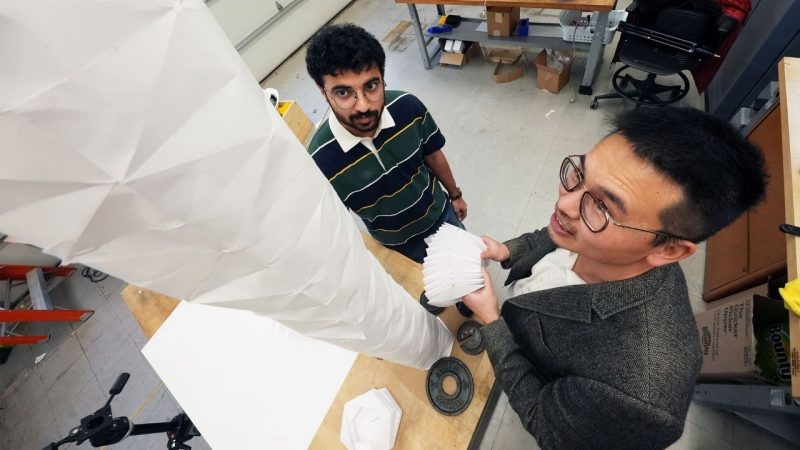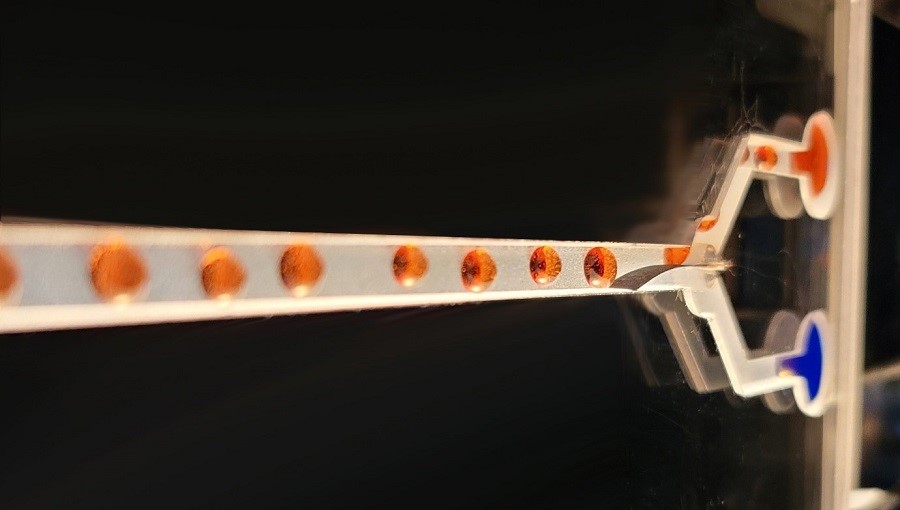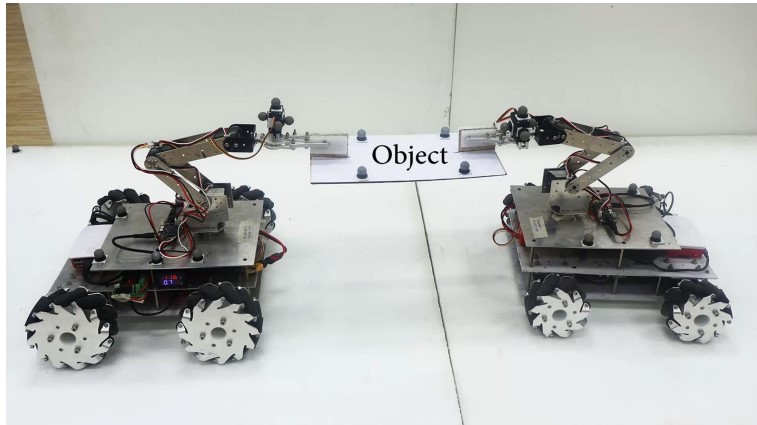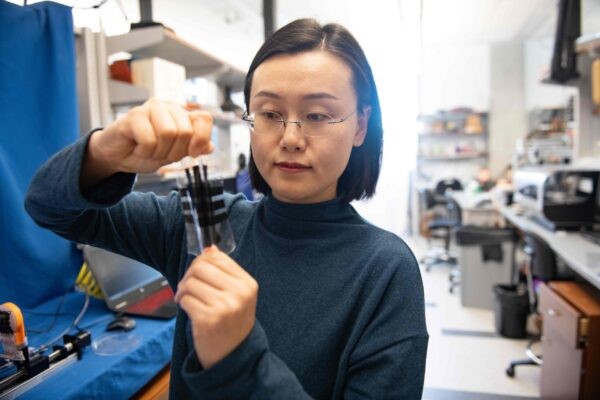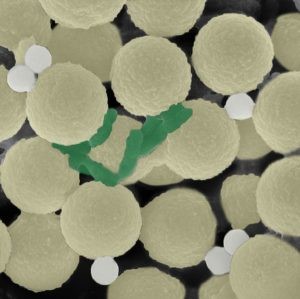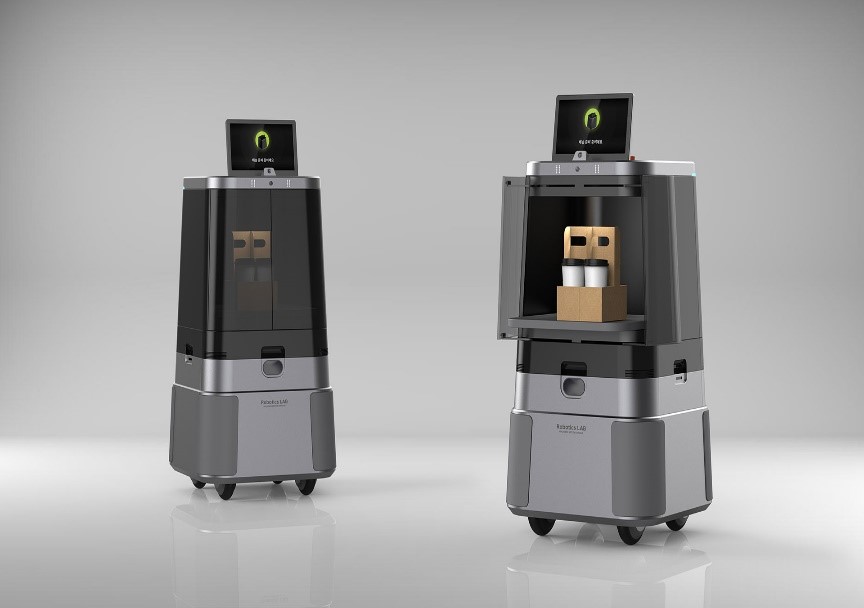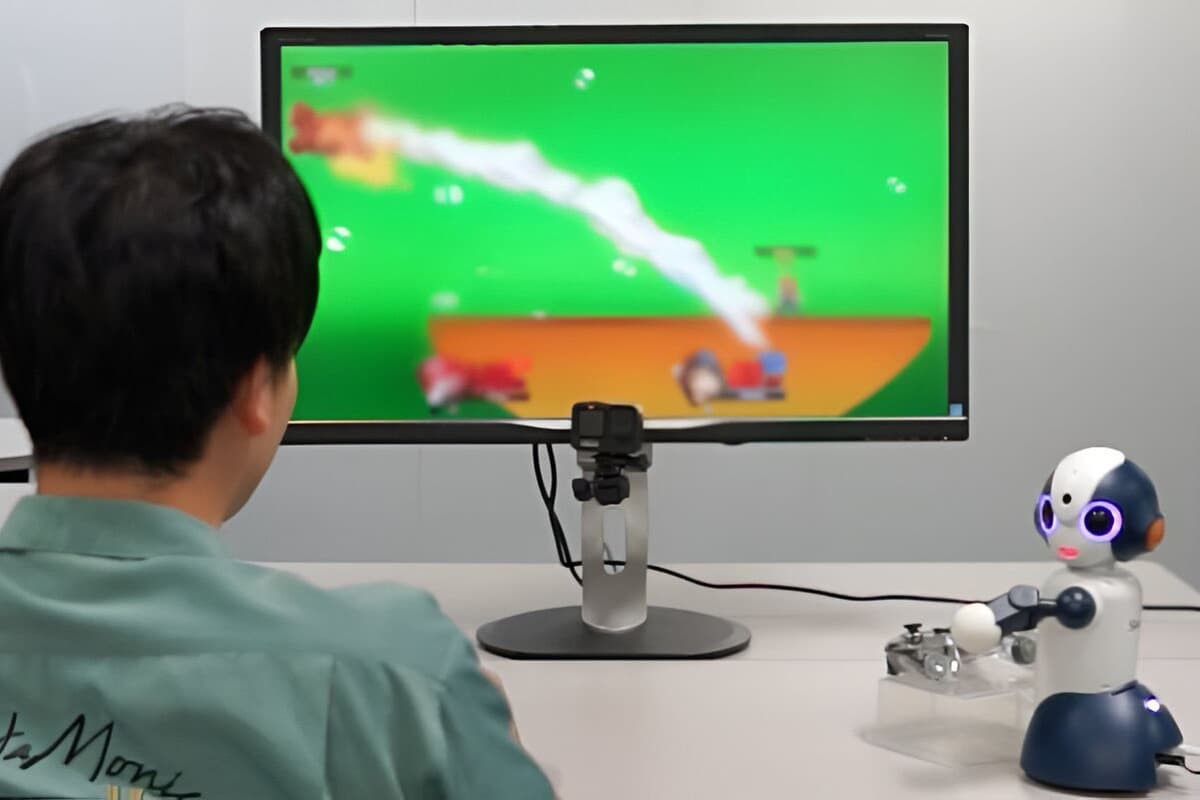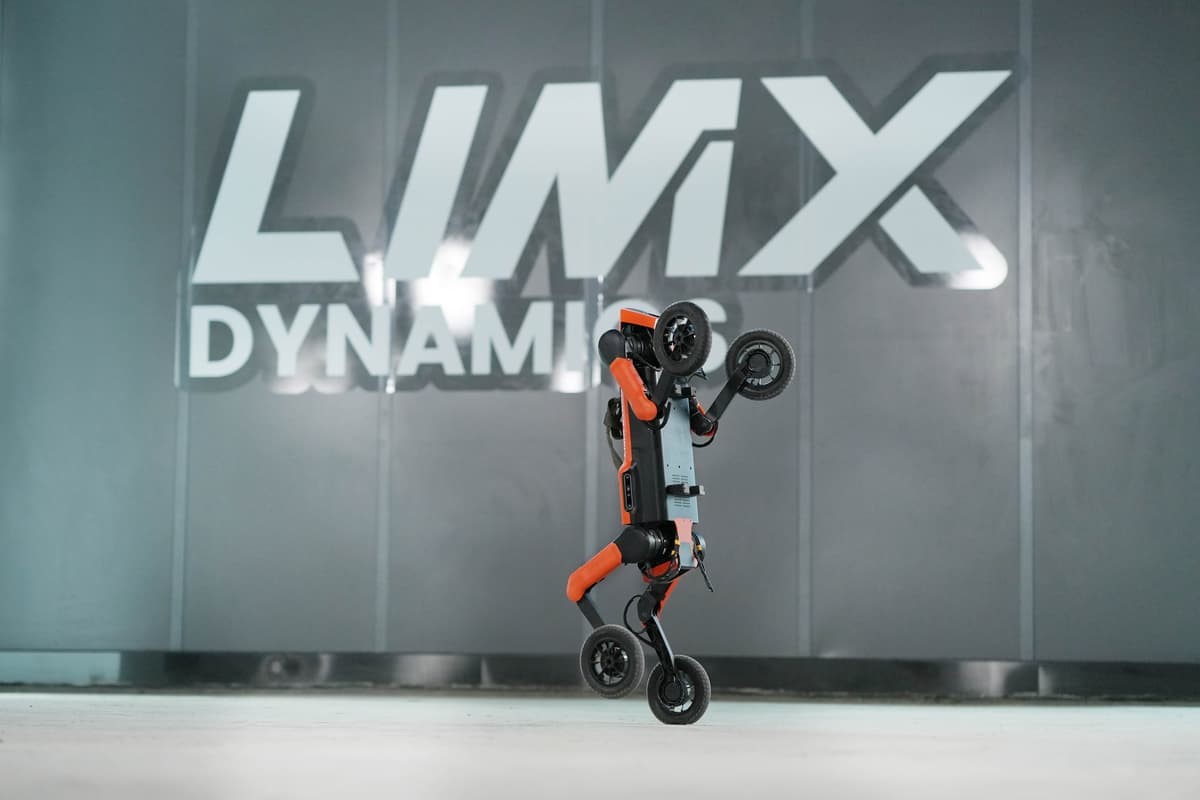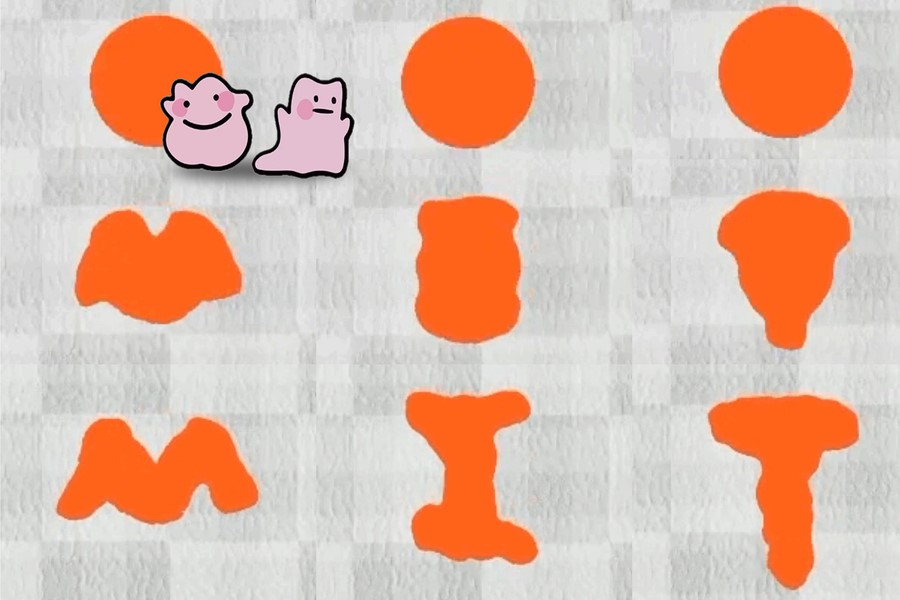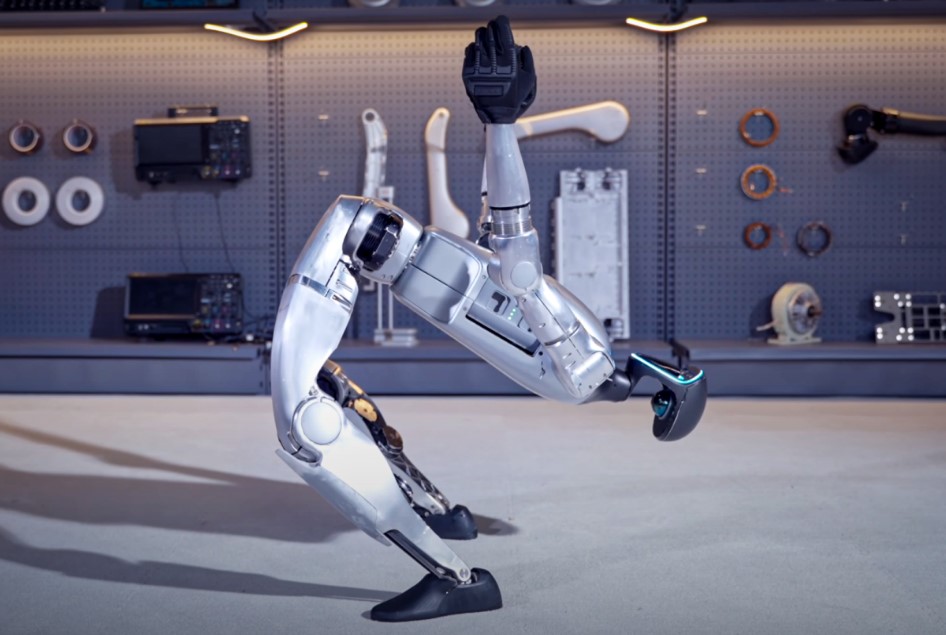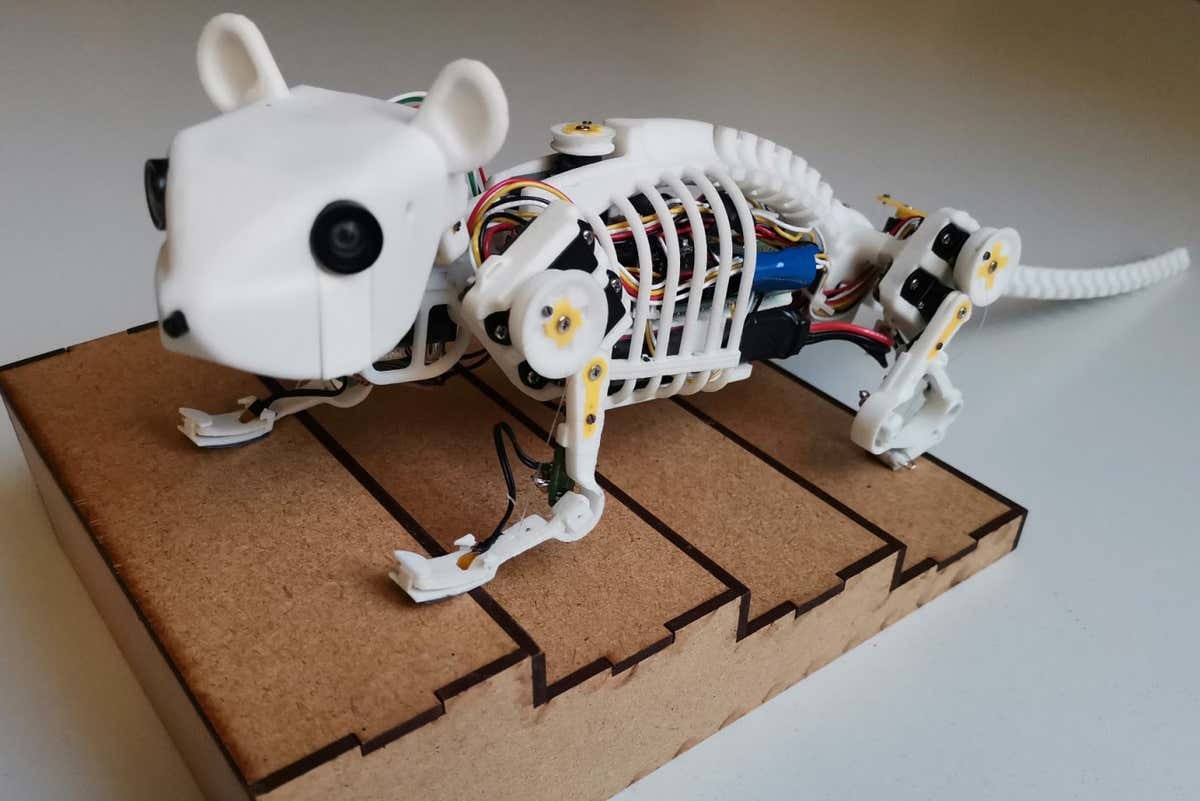Northwestern University Introduces MaxDiff RL Algorithm
Engineers at Northwestern University have unveiled a groundbreaking artificial intelligence (AI) algorithm tailored for smart robotics. Named Maximum Diffusion Reinforcement Learning (MaxDiff RL), the algorithm focuses on facilitating rapid and reliable learning of complex skills by robots. This advancement has the potential to greatly enhance the functionality and safety of robots across various domains such as self-driving cars, delivery drones, household assistants, and automation.
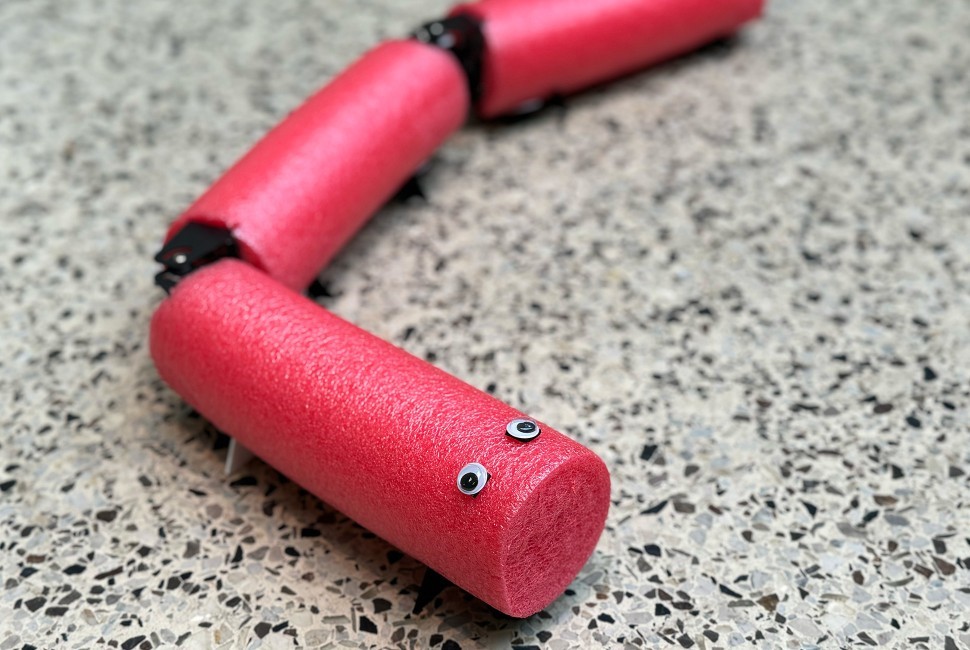
Figure 1. NoodleBot. (Credit: Northwestern University)
Designed Randomness Enhances Learning
Figure 1 shows the researchers have only tested their new algorithm on simulated robots, they built NoodleBot for future testing in the real world [1]. The key to MaxDiff RL's success lies in its ability to encourage robots to explore their environments in a highly random manner to acquire a diverse set of experiences. This intentional randomness improves the quality of data collected by robots about their surroundings. As a result, simulated robots utilizing MaxDiff RL demonstrated faster and more efficient learning, leading to enhanced reliability and performance.
Outperforming State-of-the-Art Models
When compared to other AI platforms, simulated robots equipped with Northwestern's MaxDiff RL consistently surpassed state-of-the-art models. Notably, robots trained with this algorithm learned new tasks and executed them successfully on their first attempt, highlighting a significant improvement over current AI models that rely on slower trial-and-error learning.
Ensuring Consistency and Reliability
According to Thomas Berrueta, the lead researcher from Northwestern University, MaxDiff RL ensures consistent performance of robots, enhancing their interpretability and reliability. This reliability is crucial in a world increasingly dependent on AI technology.
Addressing the Disembodied Disconnect
Traditional machine learning algorithms rely on curated training data, which is not suitable for embodied AI systems like robots [2]. To bridge this gap, the researchers developed MaxDiff RL, which enables robots to collect high-quality data autonomously while exploring their environments.
MaxDiff RL in Action
Through computer simulations, researchers demonstrated that robots trained with MaxDiff RL outperformed other models by learning faster and executing tasks more consistently. Even more impressively, these robots often succeeded in performing tasks correctly on their first attempt, even with no prior knowledge.
Versatile Application Potential
As a general algorithm, MaxDiff RL holds promise for a wide range of applications beyond robotic vehicles, including stationary robots like robotic arms in kitchens. By addressing fundamental challenges in the field, this innovation lays the groundwork for reliable decision-making in smart robotics, ushering in a new era of advanced capabilities and applications.
Source: Northwestern University
References:
- https://www.nature.com/articles/s42256-024-00829-3
- https://interestingengineering.com/innovation/new-ai-powered-noodlebot-set-to-outperform-cutting-edge-robotic-systems
Cite this article:
Hana M (2024), Northwestern University Introduces MaxDiff RL Algorithm, AnaTechMaz, pp. 19


